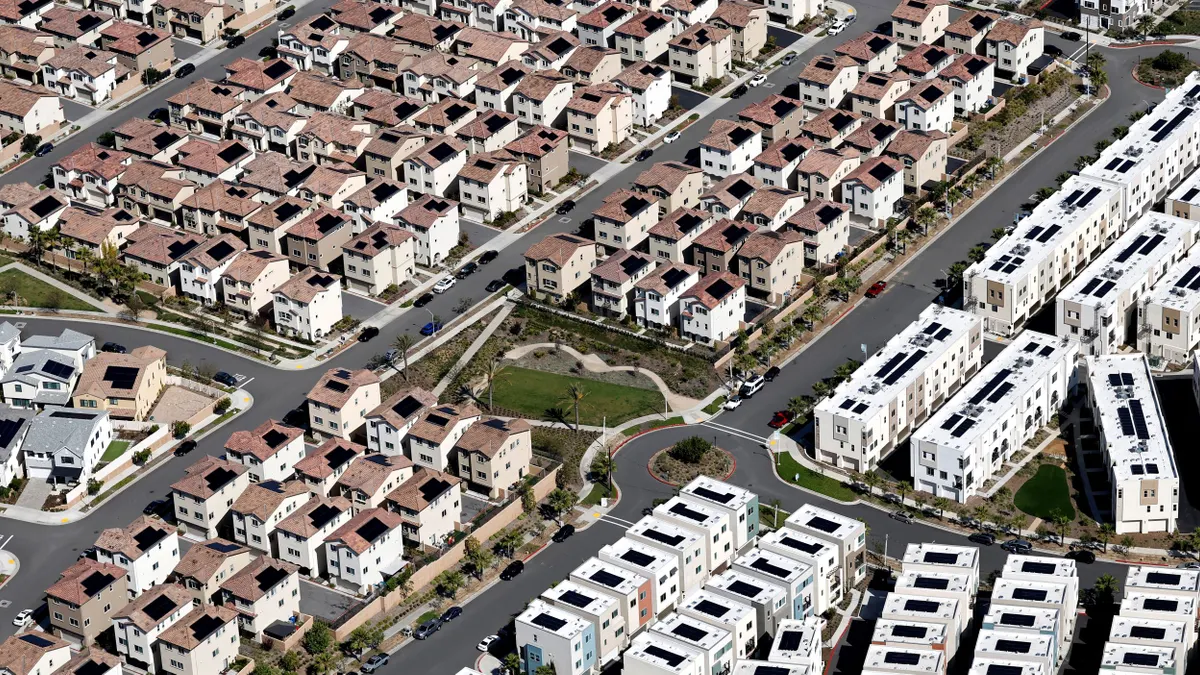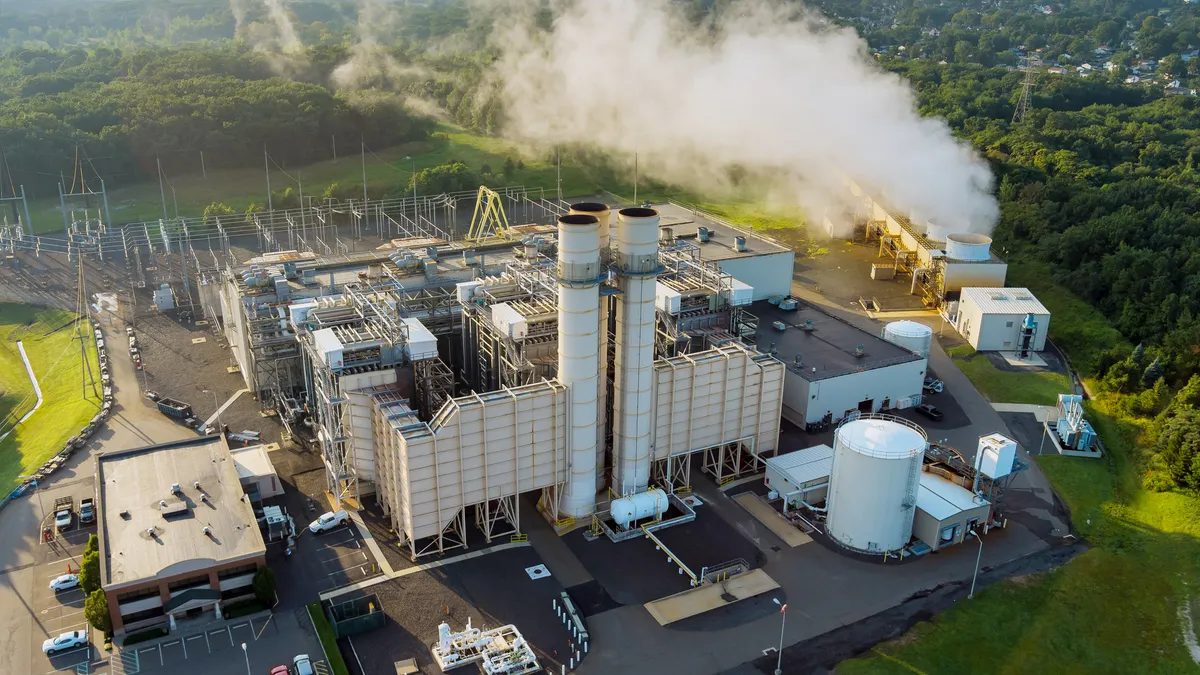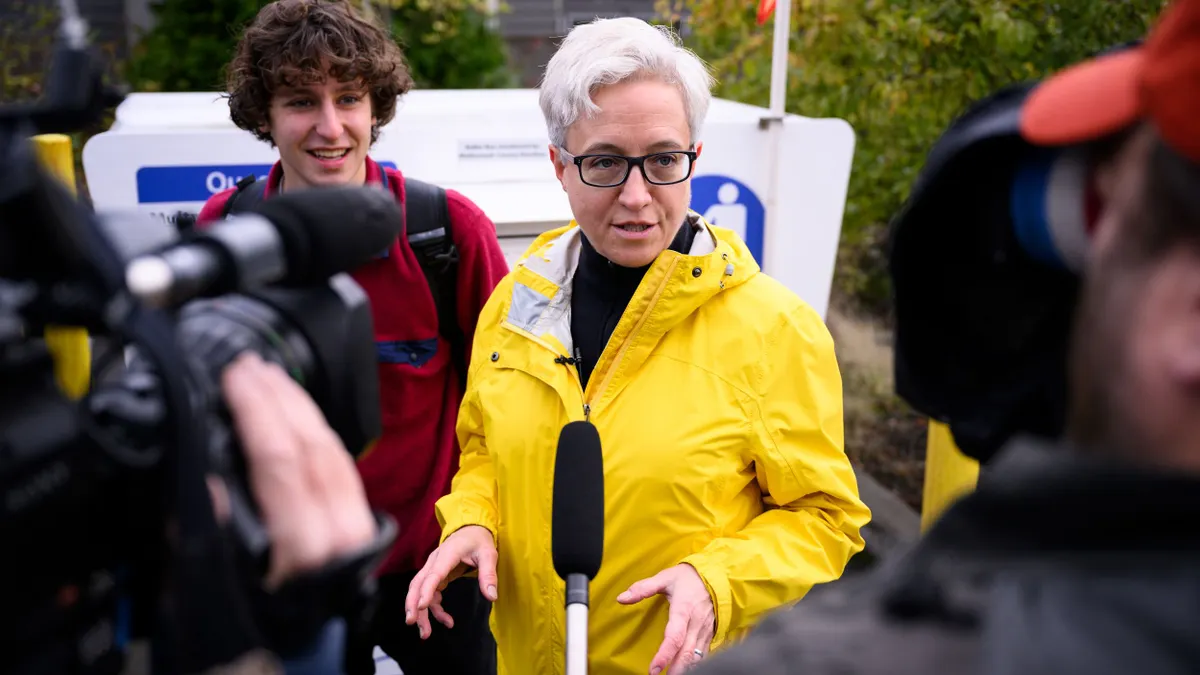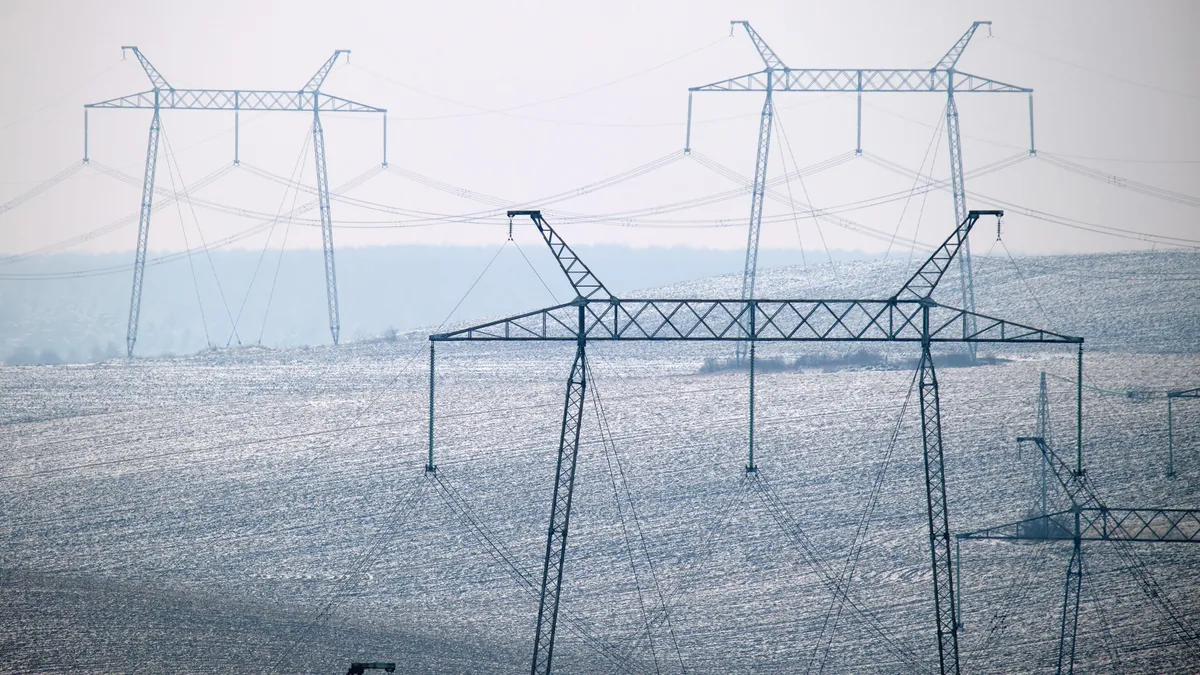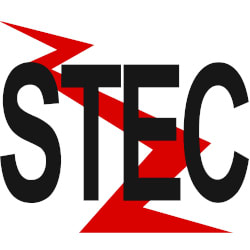The following is a contributed article by Arlen Orchard, CEO and General Manager at the Sacramento Municipal Utility District.
California, long known for its year-round sunshine and its environmental leadership, has played an integral role in the growth of rooftop solar energy. In fact, in 1996, the legislature required utilities to reach 5% of their peak load with solar energy and to compensate retail rates for rooftop solar customers as an incentive to expand solar energy. Called Net Energy Metering (NEM), utilities throughout the state sought to meet the mandate.
The Sacramento Municipal Utility District (SMUD) met that mandate three years ago and is now seeking to adjust the rate at which they pay for rooftop solar energy in a way that is fair for everyone.
Over the past 20 years, SMUD has invested $250 million to support our customers’ adoption of rooftop solar, and today we have about 216 MW of customer-owned solar on our grid. Through NEM, we encouraged the adoption of rooftop solar when the industry was in its infancy by paying customers who generate their own power full retail rates for their excess generation. Today, we pay these customers on average 12 cents per kilowatt-hour (kWh) generated by their system, and under the current formula that grows to 15 cents per kWh by 2030.
Value of rooftop solar
However, a new independent draft study by Energy + Environmental Economics (E3) puts a value on rooftop solar in SMUD’s service area at 7 cents per kWh today and declines to 4 cents per kWh by 2030 as the amount of solar energy grows in California. This study was done with input from the rooftop solar industry, economists, environmentalists and the community.
The question going forward is how to fairly pay for the benefits from rooftop solar systems to ensure it supports SMUD’s carbon reduction goals, maintains affordable and reliable electric service, respects the investments of our 25,000 rooftop solar customers and is equitable for our other 600,000 non-solar customers. While these numbers will vary for each utility, the study’s methodology used to determine the fair value of solar is pertinent throughout California, as policymakers and utilities consider more equitable rooftop solar rate structures.
On a daily basis, rooftop solar customers buy energy from utilities when their systems aren’t generating enough and sell back excess energy when they don’t need it. Because of SMUD’s rate structure, we don’t collect from our rooftop solar customers the fixed costs to keep the lights on that are built into the per kWh charge. It means that all other customers must make up the shortfall, which ranges between $25 million and $41 million annually. These costs are shifted from our rooftop solar customers to all other customers, and it disproportionately impacts our low-income customers.
Based on E3’s draft findings, this means that non-solar customers are paying $26 to $45 per year to cover our under-collection of costs from solar customers. Left uncorrected, that figure balloons to $94 million, or $92 per customer per year, by 2030 as local rooftop solar increases.
Unsustainable cost shift
This growing cost shift isn’t sustainable. We must find a solution that’s fair to all SMUD customers, so we’re beginning the process to seek an equitable fix for everyone. One that allows us to meet our carbon reduction goals with clean power at the lowest rates for all customers, while fairly compensating our rooftop solar customers for the benefits they provide.
Admittedly, we don’t have a solution yet, but our process will help inform the potential paths that utilities across the state will need to consider as they work towards meeting ambitious carbon goals and ensuring that rates are fair and affordable for both rooftop solar and non-solar customers.
Over the next several months, we’ll continue meeting and working with our customers, community members, the rooftop solar industry, environmentalists, economists and the publicly elected SMUD Board of Directors to arrive at a new rooftop solar rate that’s fair and financially sustainable. I know it won’t be easy work, but it’s work that must be done and done right. I know that everyone involved has an unwavering commitment to carbon reduction and renewable energy. As we move forward, we will ensure the voices of our diverse community and customers are heard.
Today, SMUD’s energy mix is about 50% carbon-free, and our Board’s adoption of a Climate Emergency Declaration seeks carbon neutrality by 2030, accelerating our already ambitious timeline by a decade. Solar energy has been and remains a critical part of our carbon reduction strategy.
Under our Integrated Resource Plan — our carbon reduction road map — we will invest $7 billion over the next 20 years towards carbon neutral electricity, and electrifying buildings and transportation. Our plan relies heavily on local renewable energy including nearly 400 MW of new rooftop solar in addition to 1,400 MW of lower cost utility-scale solar, both of which are necessary to reach our climate goals. As we invest in our low carbon future, it’s critical that electricity remains affordable and our costs are fairly allocated among all our customers, rooftop solar and non-solar alike.


